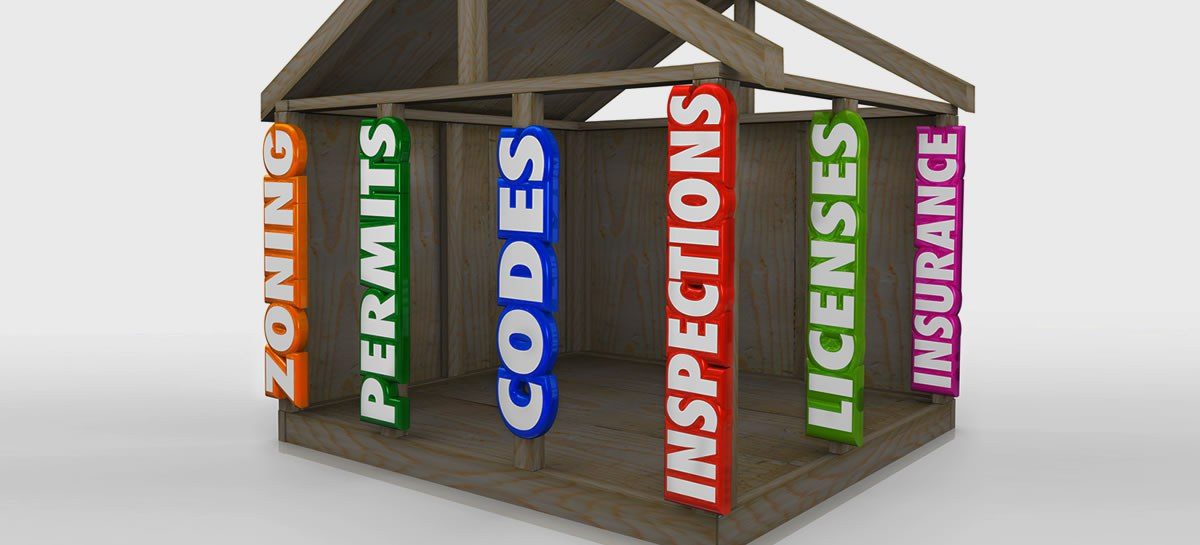As you may have heard, the 2015 International Building Code (IBC 2015) is now in effect. The grace period is underway as the new codes are adopted across New Jersey. This grace period will end on March 21, 2016, when all new filings must comply with the new code.
The new code’s many changes are a mix of new restrictions and some allowances to alleviate some restrictions from the previous code, adopted six years ago.
New restrictions
Secondary water supply for high-rise buildings are now required, a restriction that did not exist in the 2009 code. All new high-rise buildings must have an additional, on-site water supply, which can be automatically switched into operation if needed. A building is considered high-rise when it has an occupied floor higher than 75 feet above the lowest level with fire department vehicle access.
Buildings that exceed 120 feet above the lowest level of fire department vehicle access must include no less than two fire service access elevators. Fire service access elevators must access a fireman access lobby. Architects must now design floors with this lobby, which must access two elevators and a stair. The previous requirement was only a single fire service access elevator.
A bit of relaxation
The new code relieves some headaches from the 2009 code—specifically, in the design of stairs and exit doors when protection is provided.
For those not familiar with occupant load calculations, the width of doors and stairs directly affects the number of occupants a space or floor can hold. In the 2009 code, the per-person door width allowance was changed from 0.15 inches to 0.2 inches. A similar restriction was implemented for stair widths. This small change, 0.05 inch per occupant, may seem insignificant, but for a 44-inch door, this change represents a loss of nearly 54 potential occupants.
In the 2015 code, when a building is equipped with an automatic sprinkler system and an emergency voice/alarm communication system, the requirement of 0.2 inches can return to the 0.15-inch requirement for doors. This is a significant change, because even the current 2014 codes adopted in New York City do not allow for this advantage.
Keep in mind that any construction during the grace period can comply with either the 2009 or 2015 code, but it can’t reference both. The design must comply in its entirety with one or the other.
If you have questions or comments on the new code contact the New Jersey office of Milrose Consultants.








